The hero of this story is a young woman named Moana (voiced by newcomer Auli’i Cravalho), who lives on an island somewhere in ancient Polynesia. Ever since she was a child, she has gazed with wonder at the endless ocean surrounding her home, stoked by stories told by her grandmother of ancient adventures. But her people, particularly her father (the village chief), refuse to venture into the open sea, fearful of violent storms and the terrible monsters said to dwell there. But when disaster strikes the island and her people face starvation, Moana’s grandmother tells her the truth: their ancestors were skilled seafarers who set sail in search of new lands to settle, until the demigod Maui (Dwayne ‘The Rock’ Johnson) stole a powerful magical artifact which angered the gods and made the seas too perilous to sail. To save her island, Moana must embark on a quest to find Maui and help him return the artifact he stole.
Nowadays Disney films tend to alternate between more ‘contemporary’ adventure films, such as this year’s Zootopia, and their more traditional fantasy musicals. Moana is in the latter category, and out of the ones released in the current Golden Age (along with The Princess and the Frog, Tangled, and Frozen), I think this is probably the best one. Although it to some extent follows the same formula as those other films, it always feels fresh and fun and never stale.
The first reason for this is the core aspect of every Disney musical: the music. It certainly has the best music out of all the newer Disney musicals. The three songwriters for the film are all incredibly talented musicians: Mark Mancina (who previously worked with Disney on the music for Tarzan), Opetaia Foa'i (lead singer of the Polynesian band Te Vaka) and Lin-Manuel Miranda (creator of the cultural phenomena Hamilton). The performances are incredible as well; Auli’i Cravalho, a sixteen year-old acting novice from Hawaii, is absolutely amazing both in her voice acting and her singing. The directors (Ron Clements and John Musker, who previously directed The Little Mermaid, Aladdin, and The Princess and the Frog) auditioned hundreds of women from across the Pacific until eventually finding Cravalho, and boy did they make the right decision. Her singing is incredible- Lin-Manuel Miranda better cast her in whatever he makes after Hamilton. Also, The Rock sings a song called “You’re Welcome” about how awesome his character Maui is, and it’s just as cool as it sounds. In short, after watching the film you’ll want to buy the soundtrack and listen to it on repeat for at least a week.
Secondly, Moana is visually stunning. Although I was originally a bit disappointed that the film was changed from 2D to 3D animation in early production, after seeing the final product I can see it was the proper decision. The Pacific Ocean and the Polynesian islands are animated in such lush and stunning detail that they’re simply spellbinding. It actually seems like Disney’s 3D films are catching up with Pixar’s- Moana’s oceanic environment is at least the equal of this year’s Finding Dory.
Finally, Moana’s characters and plot are some of the best out of all the recent Disney films. A good part of this is due to Cravalho and Johnson’s incredible voice work, which bring Moana and Maui to life in a way that few other Disney voice actors have managed to do. Some of it is due to the film’s story, which strikes a perfect balance between the familiar Disney fantasy tales we all know and love while still being fresh. Moana is a complex and nuanced character, who struggles between her responsibilities as a future leader of her tribe and her desire for adventure. Maui is a deeply flawed but ultimately sympathetic character who at his core simply wants to be appreciated and loved. The movie continues Disney’s recent tradition of self-awareness regarding itself- at one point Moana and Maui have an argument about whether or not she counts as a princess. And not to be overlooked is the fact that Moana is a story deeply-rooted in Polynesian culture and mythology, a culture which is nearly always forgotten by mainstream society. Having an additional strong, non-white female protagonist is a good step for Disney, and seems especially important at this moment in American history.
In short, Moana is an impeccably well-crafted film which keeps the current Disney Golden Age going strong. It has a classic fairy tale storyline, a unique cultural setting, well-written protagonists who are people of color, fantastic voice acting, and absolutely incredible music. Basically, it’s everything you could ever ask for in a Disney movie, and I believe it will stand as one of Disney’s strongest films for years to come.
Grade: A+

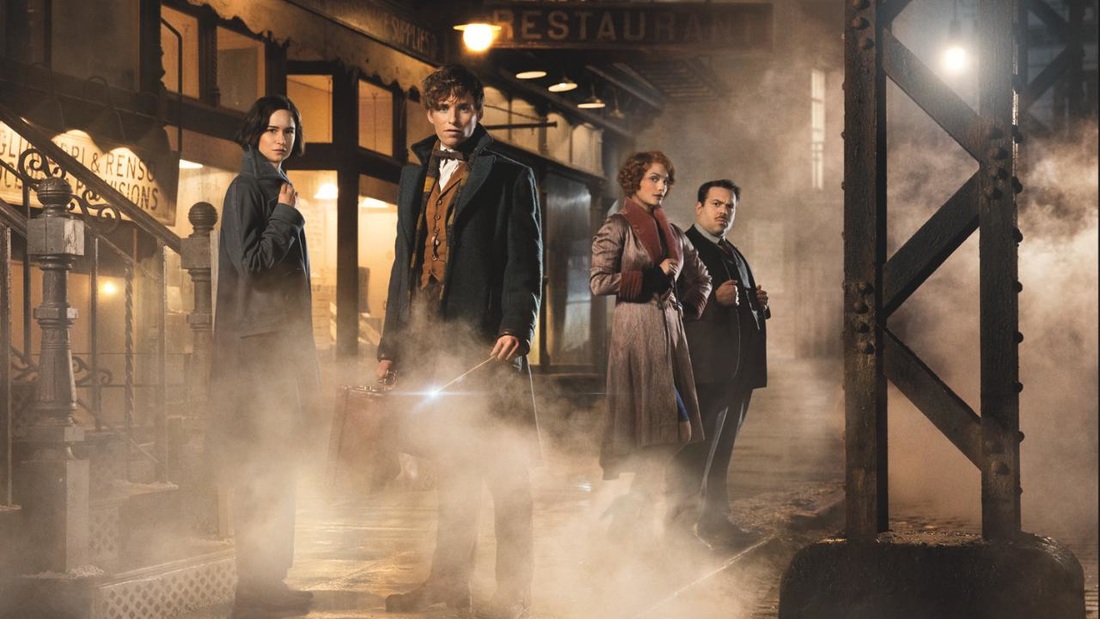
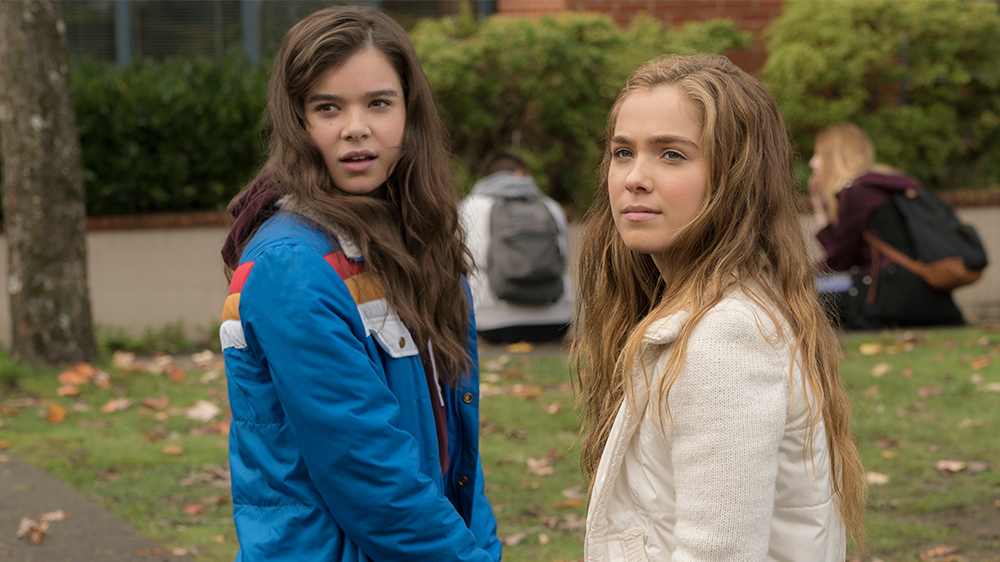
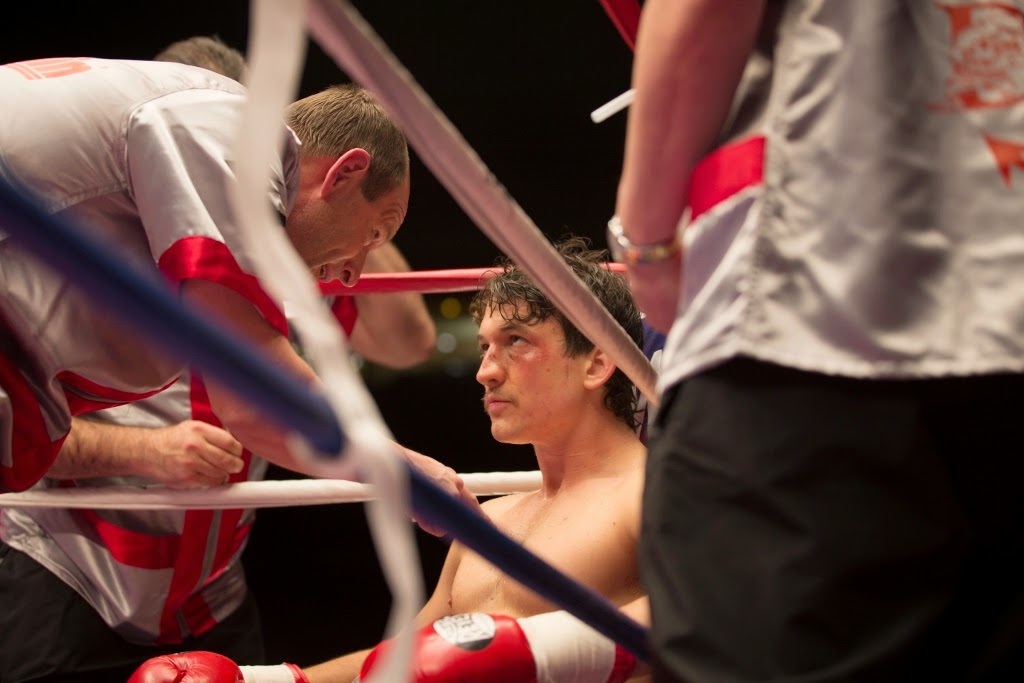
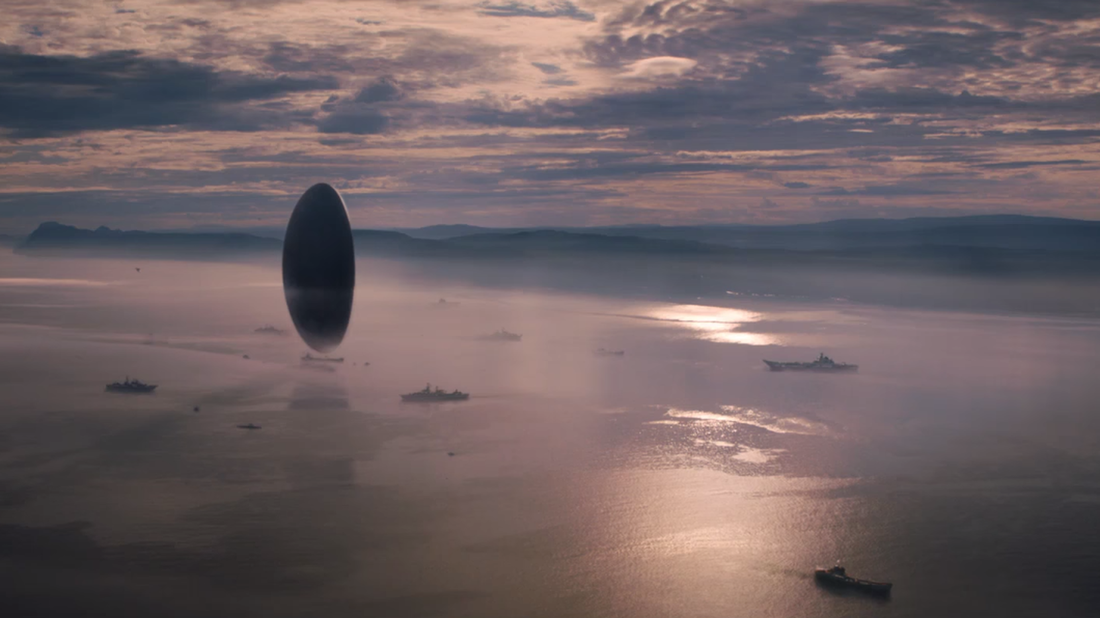
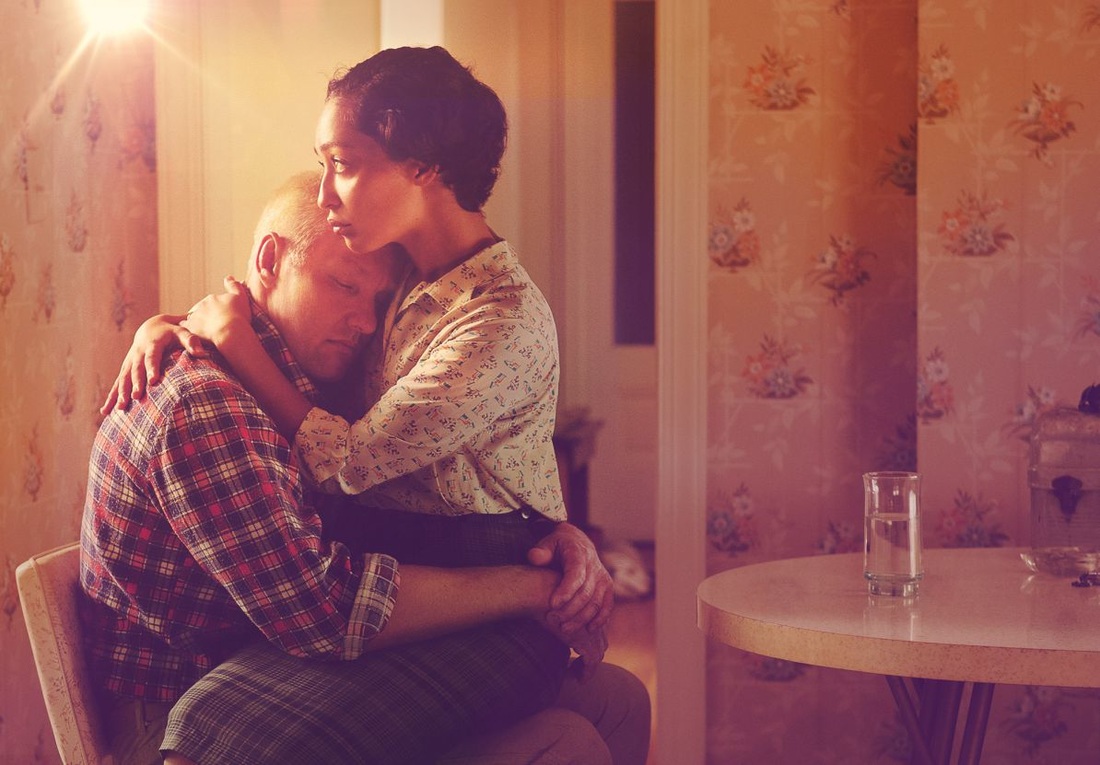
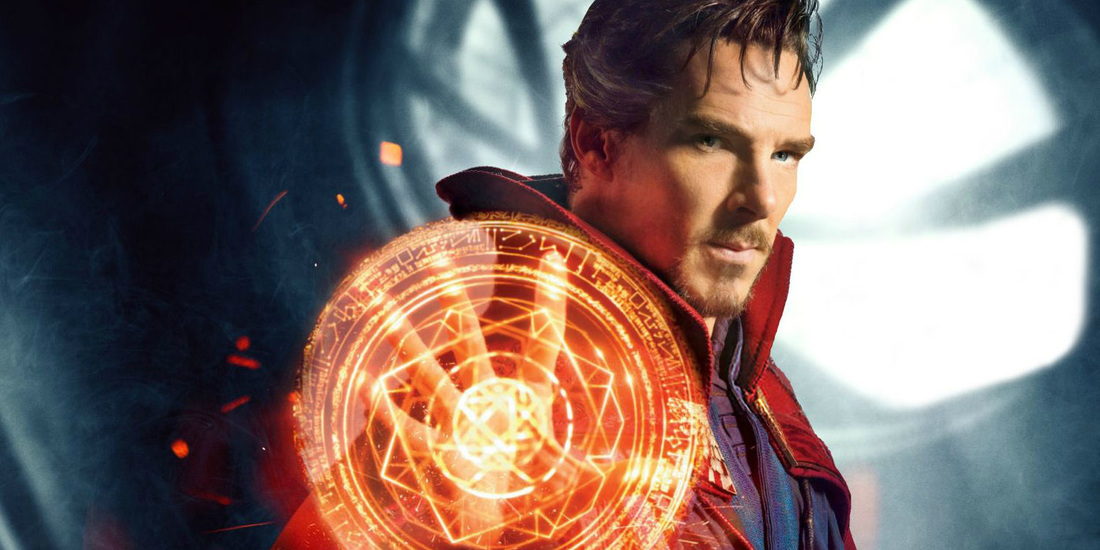
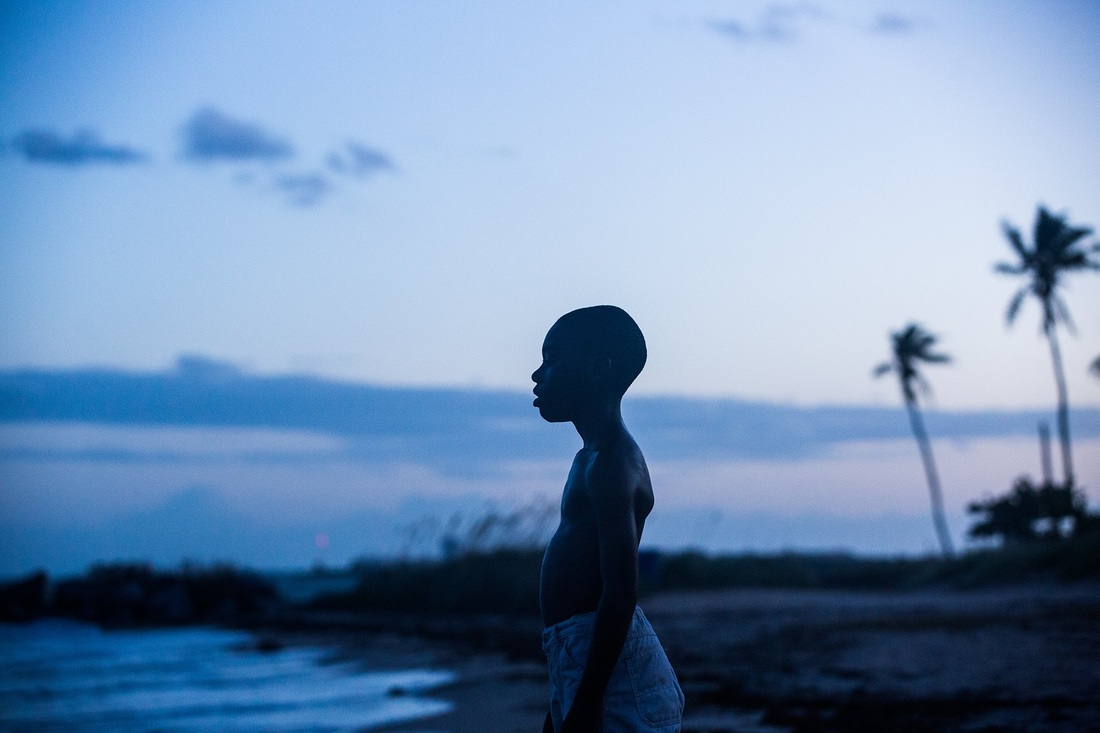
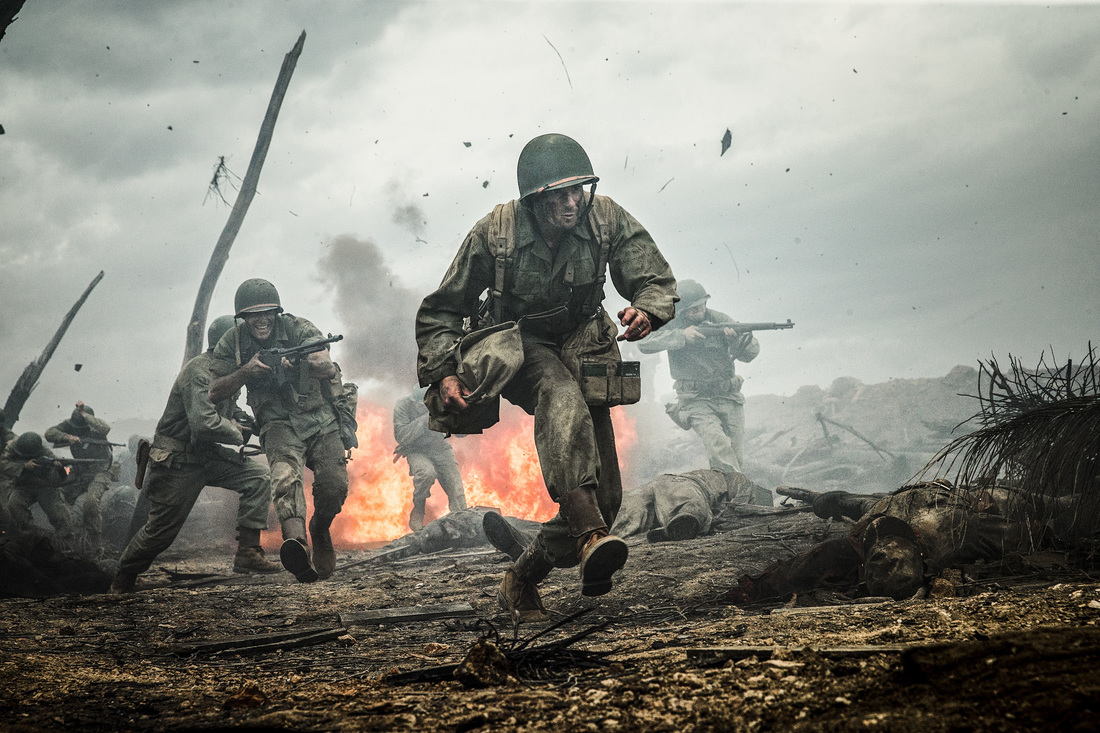
 RSS Feed
RSS Feed
